The 18th Lok Sabha elections ended the brute majority that the Bharatiya Janata Party (BJP) had enjoyed for a decade. While the party managed to retain power, its fate now depends on allies’ support, and the Opposition has gained strength. The electoral results are also reflected in the responses to the latest edition of Mint’s survey of urban Indians in July.
The 12th round of the YouGov-Mint-CPR Millennial Survey found little change in the BJP’s approval ratings in urban India, with 46% of respondents picking it as their most favoured party. The Congress improved to 15% from 11% in the previous round in December 2023. Despite making its biggest gain in the four years since the survey included this question, the Congress remains a distant second to the BJP.
The survey had 10,314 respondents across more than 200 towns and cities, and was conducted by Mint in association with survey partner YouGov India and Delhi-based think tank Centre for Policy Research. Eleven such surveys have been conducted so far since 2018, each throwing light on the beliefs, choices and anxieties of India’s young urban population. In the latest round, 45% of the respondents were post-millennials (born after 1996), and 39% were millennials (born between 1981 and 1996).
Also read: The political hot potatoes on which urban India disagrees with the BJP
Campaign effect
The survey suggested that the BJP has lost support among some disadvantaged sections of society. Its weakest support was among those in lower socio-economic groups (33%) and scheduled castes and tribes (34%). (The BJP’s support base among the lower socio-economic strata was lower to begin with.) The Congress saw its support improve across categories.
Much of the post-election commentary blamed the BJP’s setback on complacency. The survey found that the BJP reached more voters than the Congress with its campaign, but its mobilisation efforts may not have reached all its supporters, while the Congress’s went beyond its supporters. One-third of respondents said the BJP had reached out to them via door-to-door campaigns, phone calls and WhatsApp messages. Slightly less than a quarter said the same about the Congress. The BJP’s mobilisation was the weakest among poorer Indians and post-millennials.
The survey asked respondents to evaluate the first two terms of Narendra Modi’s government. Around 29% rated the first term as better, against 22% who said the same in the previous round. One-fifth found the second term better, compared to 22% previously. The share of those who said both terms were equally good fell from 35% to 28%, while the share of those who said both terms were equally bad increased from 12% to 15%.
The return of the Opposition
The survey asked respondents for their views about various aspects of the resurgent Opposition. The previous rounds had consistently shown widespread distrust in the Congress’s ability to be a viable Opposition. But has Congress leader Rahul Gandhi, now the leader of the Opposition in the Lok Sabha, emerged as a serious politician capable of reviving his party? Roughly 54% of the respondents agreed, compared to 49% when this question was last asked in the ninth round in December 2022. This suggests a rather limited improvement in Gandhi’s image, which is strongest among the lower half of the socio-economic ladder.
Also read: Urban millennials in India have had much to reveal in five years
What parliamentary strategy should the Congress adopt to counter the BJP-led coalition government? Over half (54%) said the party should play the role of a constructive Opposition and be ready to compromise in Parliament for the good of the nation.
Respondents were also asked for their views on the Congress-led bloc, the Indian National Developmental Inclusive Alliance (INDIA), and its ability to challenge the BJP-led government. Roughly two-fifths said the coalition would mount an effective challenge throughout the government’s term. In the December 2023 round of the survey, 29% had responded similarly to the question on INDIA’s ability to pose an effective challenge to the BJP.
About 23% said the alliance should be wary of aggressive posturing as it could turn counter-productive, and 25% said some parties and leaders of the alliance might end up jumping ship to the BJP’s side.
Also read: Indian politics is becoming increasingly partisan. We have the data to prove it.
The data suggests that the BJP has slightly lost support among those in the lower socio-economic strata – which is also signalled by the party’s lower campaign outreach to them – and that Modi’s popularity may have peaked. The Opposition’s image as challenger to the BJP and perceptions regarding Rahul Gandhi have improved, but only marginally. While the disparity between the leaders of the two main political alliances remains large, it’s clear that neither side can afford to be complacent at this moment.
(The authors are associated with the Centre for Policy Research, New Delhi)
(This is the first part of a series about the findings of the 12th round of the survey. Note that these surveys are skewed towards urban, well-to-do netizens, with 90% of respondents falling under the NCCS-A socio-economic category of consumers. Full methodology note here.)

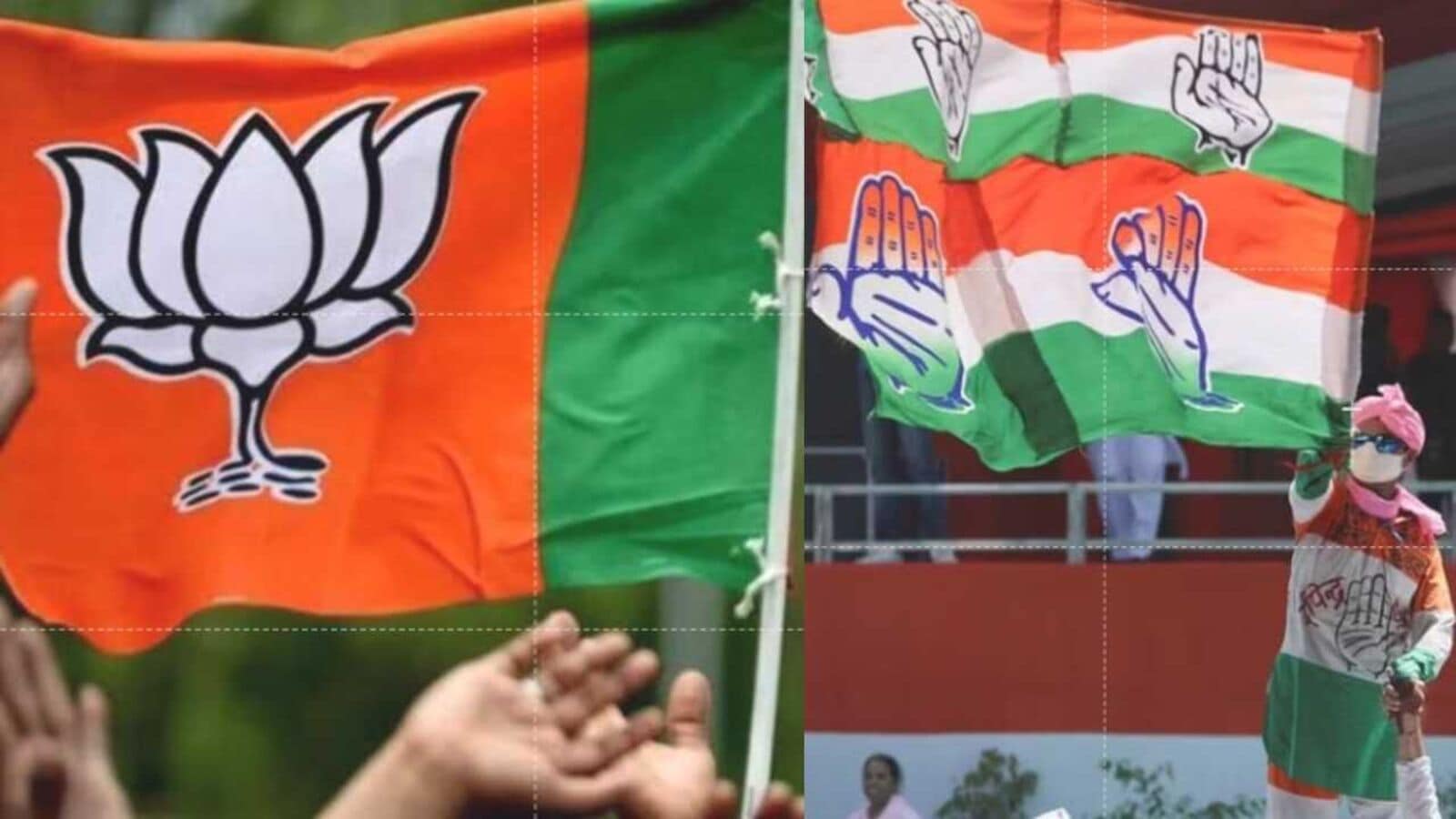
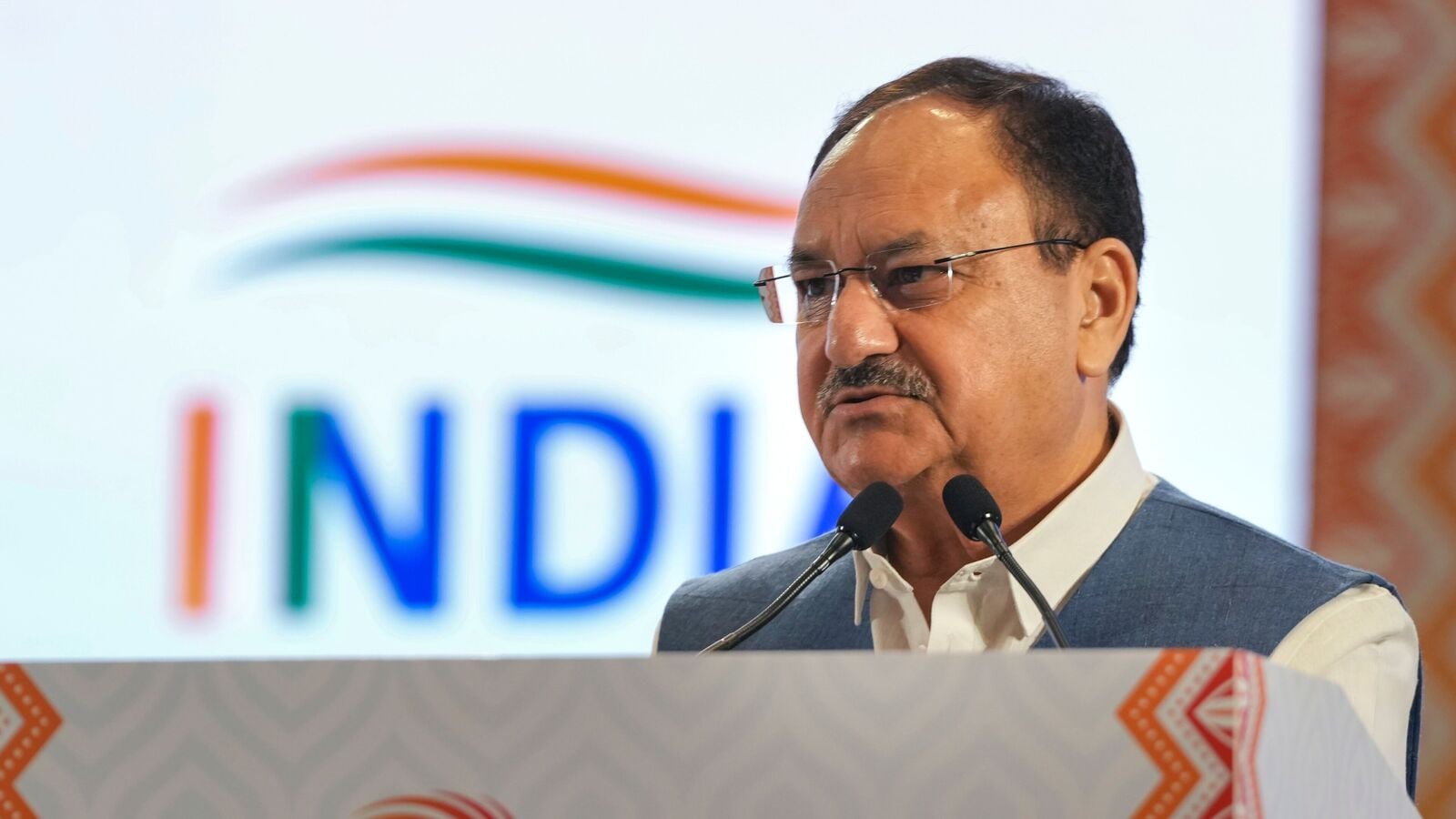
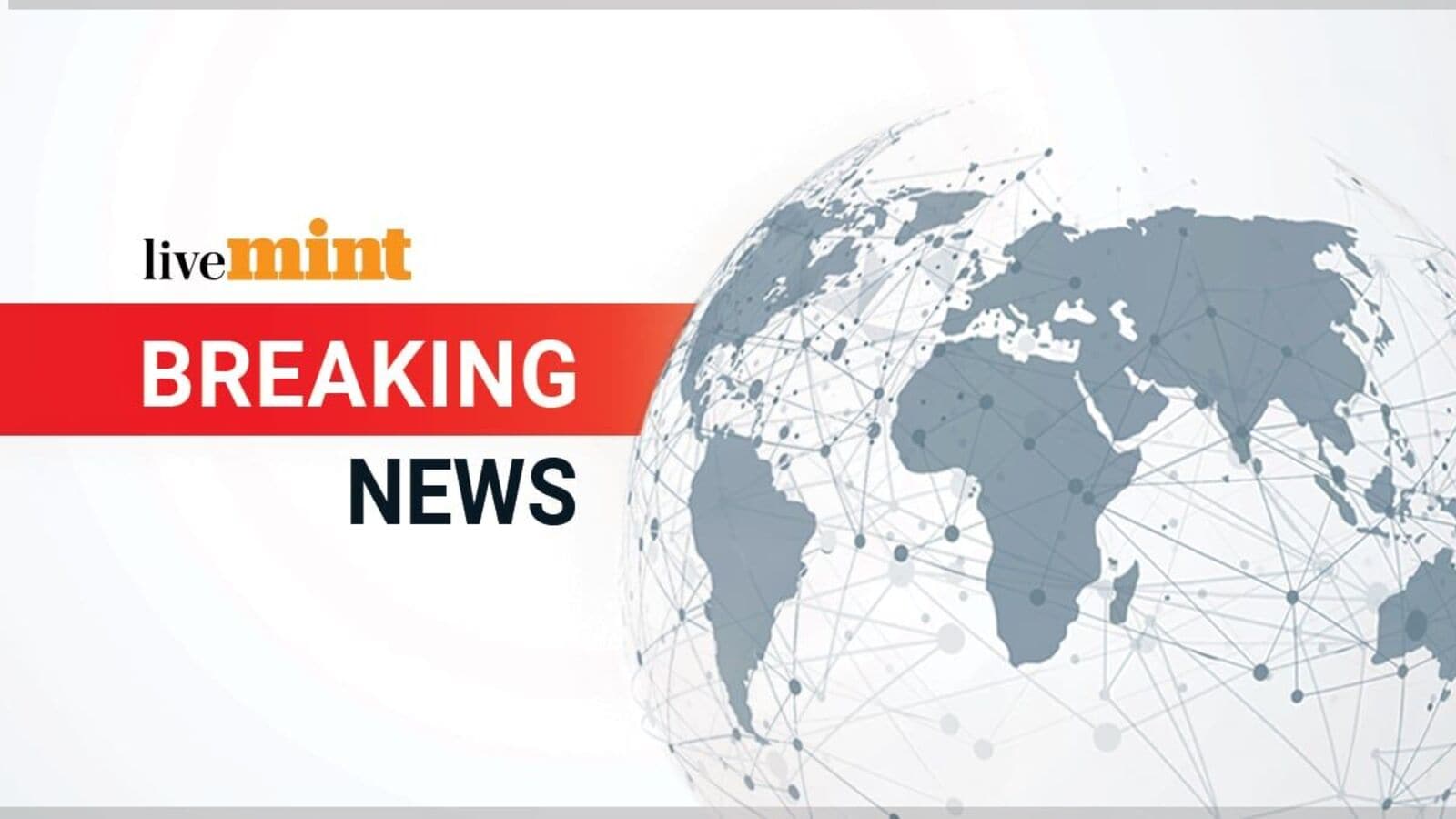
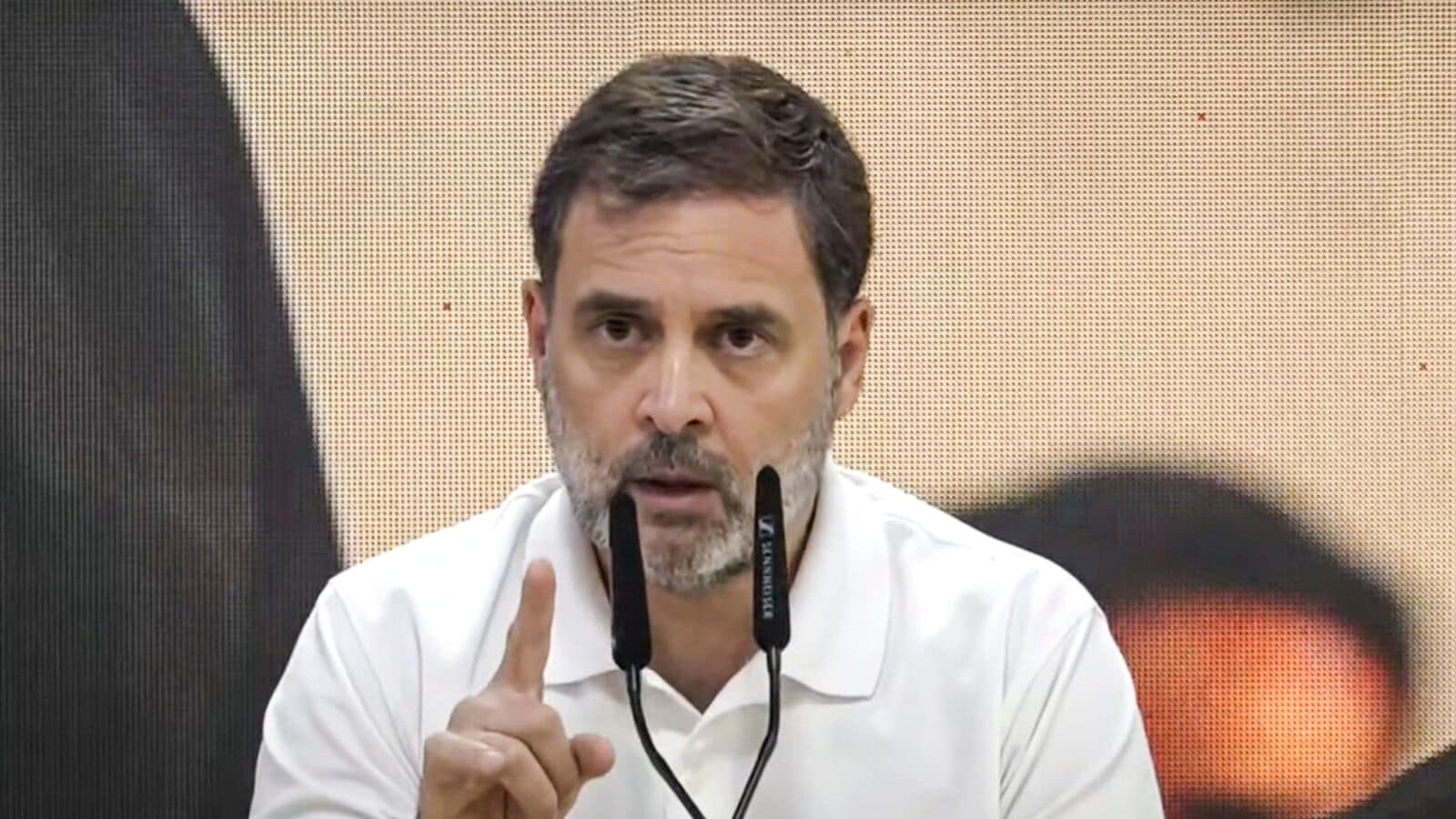


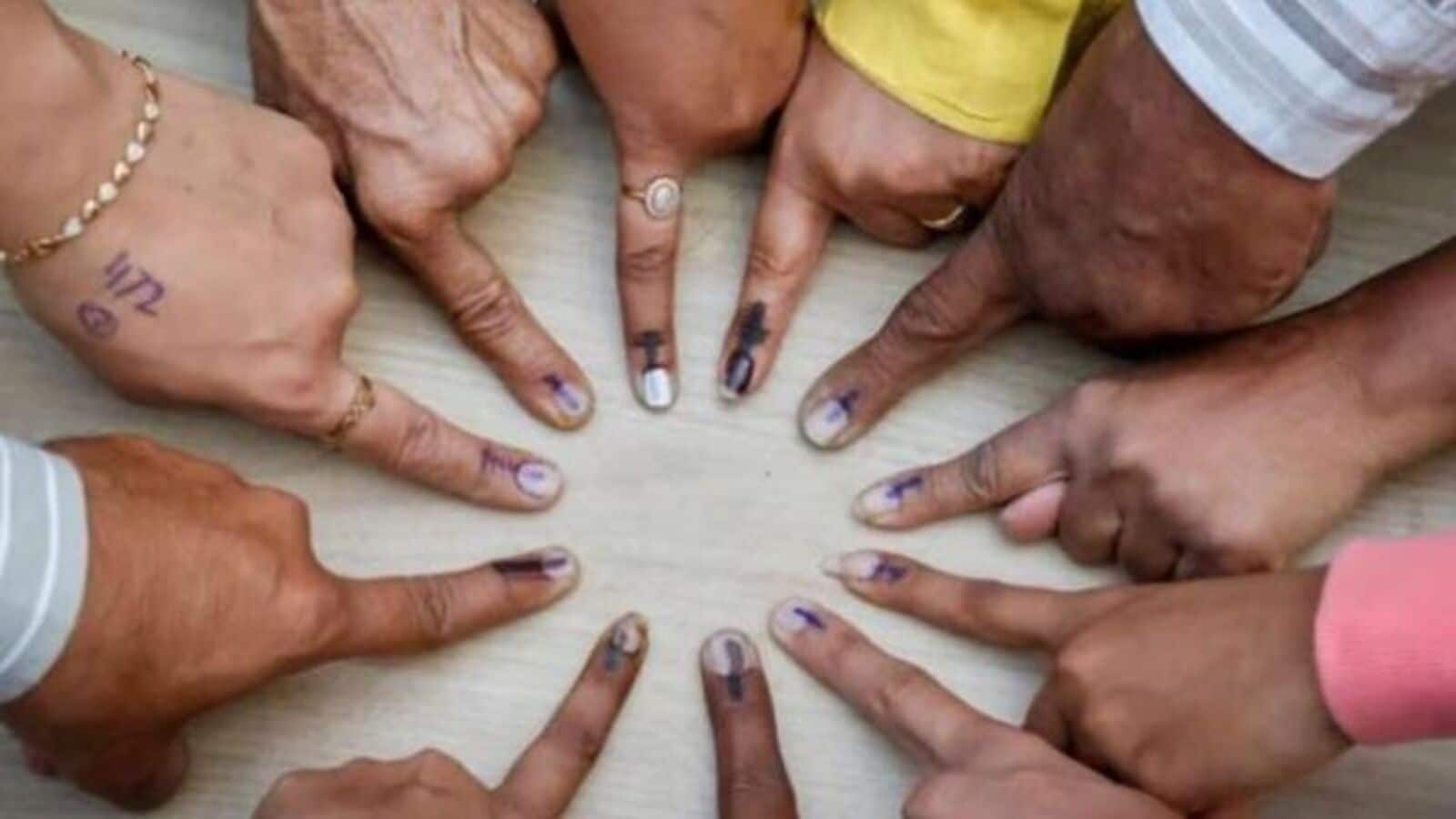
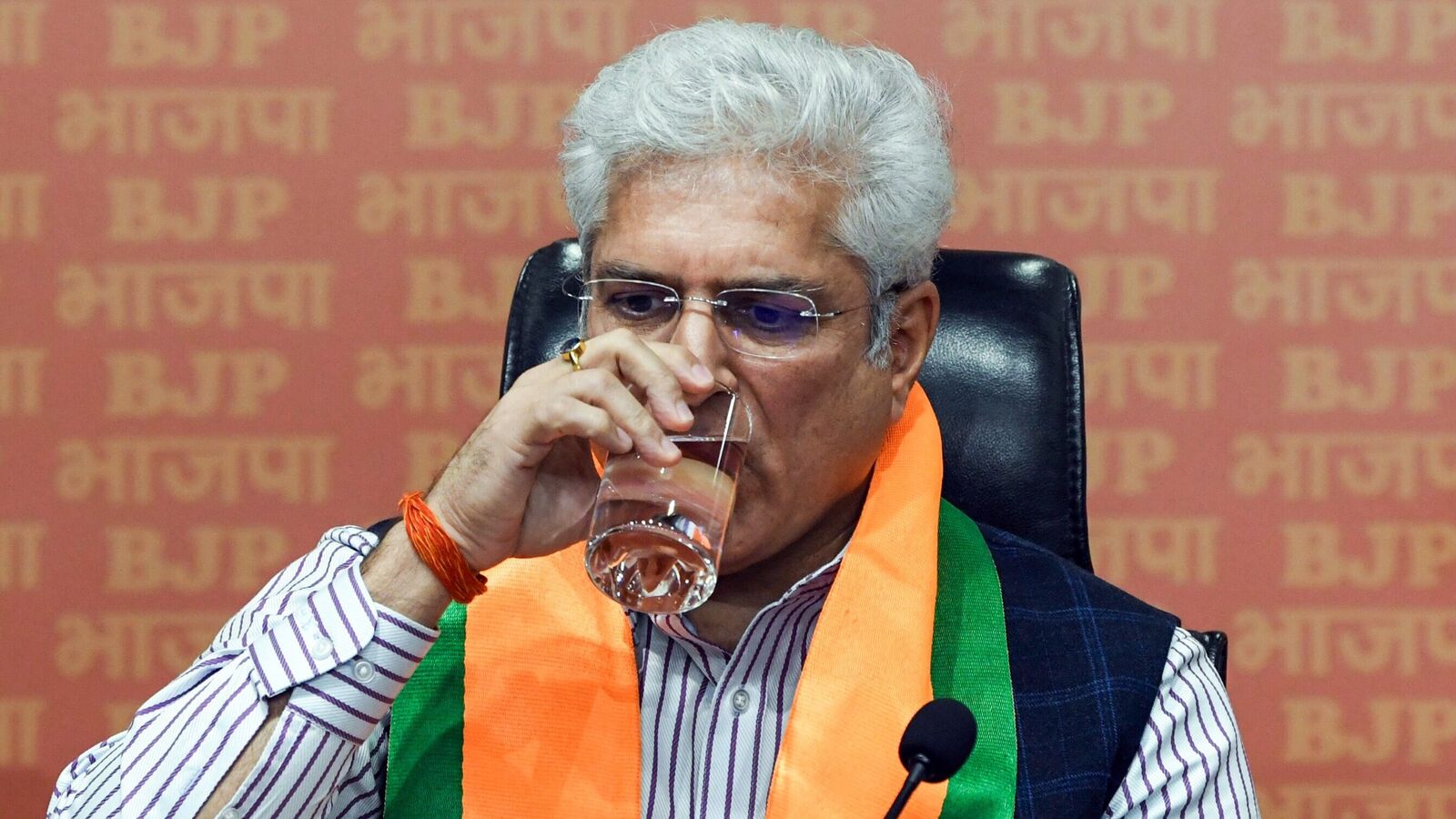
Leave a Reply